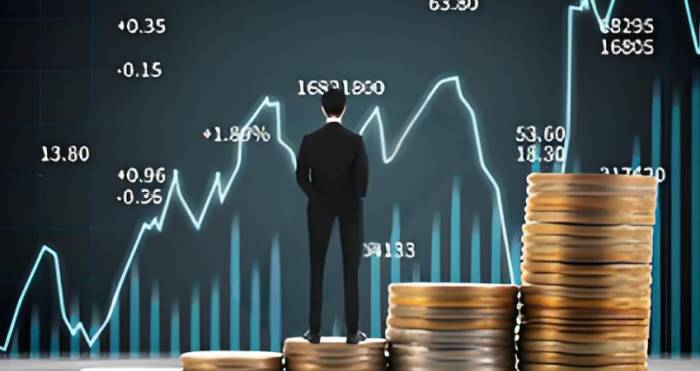Why is the US Dollar Rising Against Seasonality?
The U.S. economy's performance has significantly exceeded expectations, and the market's previous overbetting on interest rate cuts are the main factors affecting the dollar's counter-seasonal rise. For the Hong Kong stock market, a U.S. interest rate cut was originally a favorable external factor for boosting the stock market. However, if the U.S. dollar interest rates rise too quickly, the Hong Kong stock market may also face pressure at some point.
The recent performance of the U.S. dollar has taken the market by surprise. The fourth quarter is traditionally a time when the U.S. dollar performs weakly seasonally, but since October, the dollar has experienced a rapid increase. From an interest rate perspective, U.S. Treasury yields have recently rebounded across the board, and expectations for significant interest rate cuts by the Federal Reserve have cooled, providing a footnote for the dollar's strength.
Comparing across currencies, there are signs that the interest rate differential between the U.S. dollar and the euro could widen further. At the same time, although the euro has started to weaken, it still does not seem as weak as the differential suggests. From this perspective, the euro may continue to weaken. In other words, the dollar has further upward momentum.
The factors affecting the U.S. dollar mainly come from two aspects. First, the U.S. economy's performance has significantly exceeded expectations, especially after the release of the September non-farm employment data, the market further reduced its expectations for interest rate cuts within the year. Another factor is that the market previously overbet on interest rate cut trades. At the beginning of the interest rate cut trade, a large accumulation of positions would bring about a rapid decline in interest rates, but such trades, once overly concentrated, could bring a huge backlash effect when the trade reverses.
External factors leading to the rise in U.S. Treasury yields include the upward movement of crude oil prices due to conflicts in the Middle East, which is believed to be reflected in tonight's U.S. CPI data. Since CPI is monthly data, if this month's data is higher than expected, the psychological impact on the market will last for a period of time. Another external factor affecting U.S. dollar interest rates is China's continued introduction of large-scale economic stimulus measures, which to some extent has raised market expectations for reflation.

At the same time, Hong Kong dollar interest rates have begun to rise significantly, which will also have a "siphon effect" on U.S. dollar assets—because over the past few years, a large amount of Hong Kong dollar funds have turned to purchase U.S. dollar fixed-income products, and the recent boom in the Hong Kong stock market has led to some funds withdrawing from U.S. dollar fixed-income products, which could also become the last straw to break the camel's back for U.S. Treasuries. For the Hong Kong stock market, a U.S. interest rate cut was originally a favorable external factor for boosting the stock market, but if U.S. dollar interest rates rise too quickly, the Hong Kong stock market may also face pressure at some point.
Leave A Comment